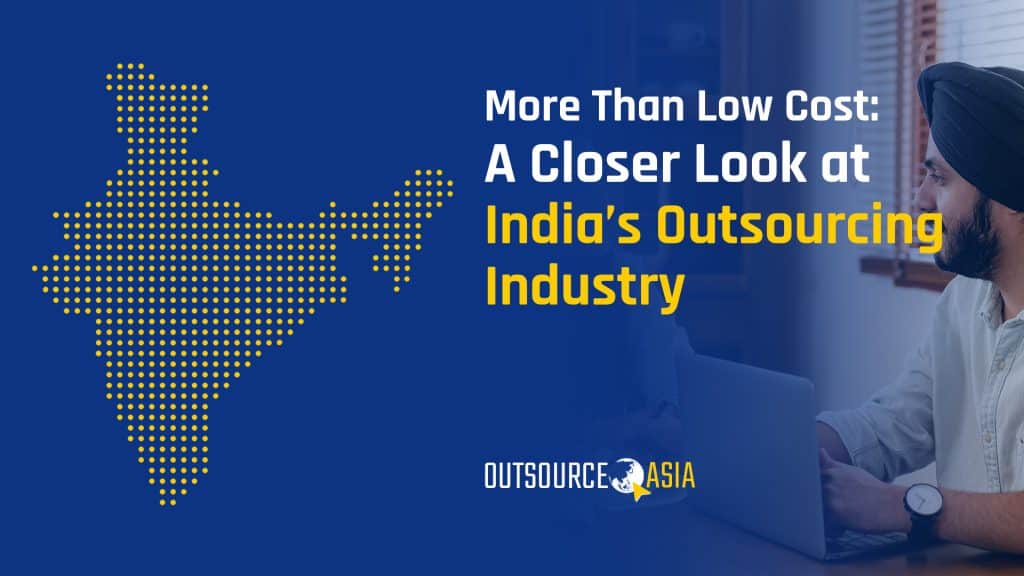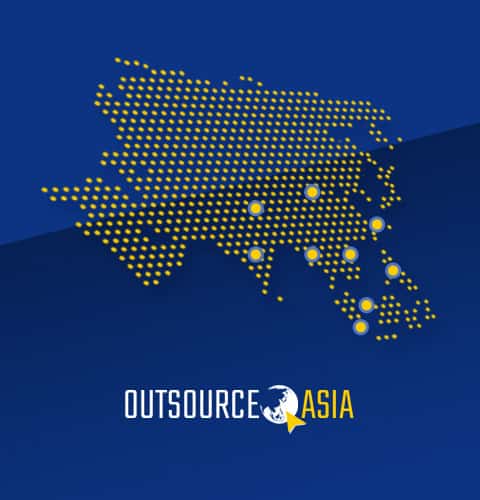
Omnichannel Outsourcing: Delivering Seamless Customer Journeys from Asia
The idea of customer service “closing for the night” feels outdated in 2025. The modern consumer doesn’t wait until Monday morning. They shop, subscribe, and seek support

Despite India’s IT industry inception in the 1980s, outsourcing emerged in the ‘90s. Global airlines were the first to outsource back-office tasks to India, followed by IT companies. Around the same time, its government began focusing on implementing programs for economic reform committed to liberalization and privatization. Foreign companies entered the Indian market due in large part to its liberalized investment policies. Many Indian companies have adapted international standards for their internal processes and practices. The telecommunication industry, which was once controlled by the government, grew when commercial players began to participate. This resulted in advancements in technology and communication including the introduction of IP telephony which enabled easier and more efficient international communication. This movement led to economic growth, which the country’s outsourcing industry benefited from.
Today, the commonly outsourced business processes in India are IT services, digital marketing, customer support, human resources, and accounting.
Costs of hiring in India, when compared to other regions, is cheap. For example, a software developer’s hourly rate in Poland is $40-$56, an in-house developer can cost $80, in India it’s $18-$40 which can further be negotiated to $15. Compared with other Asian countries, India offers the lowest hourly rate (for the same position), with the Philippines at $20, Vietnam at $30, and China at $50 per hour.
While not an English-speaking nation, India ranks 5th on the English Proficiency Index. A survey showed that around 350 million people in India can converse in English. English is taught in schools as a result of being a former British colony. The English proficiency Index (EPI) of the country is 55.49, ranking 5th in Asia and 34th out of 100 countries. Singapore, Philippines, and Malaysia are in the top 3 in terms of EPI.
Out of its 1.3 billion population, 50% belong are of working age. Furthermore, around 3.1 million graduates join the workforce each year. These are educated and qualified employees with bachelor’s degree. The adult literacy rate in India is at 74%. Countries in the region with much higher adult literacy rates are the Philippines (98%), Taiwan (98%), and Singapore (97%).
There is a 12-hour time difference between India and US, an advantage allowing work to be completed around the clock when combined with US and India teams. Outsourcing companies in the country can provide 24/7 service which often means fast turnaround and increased productivity for the customer.
The government invested in high-end telecommunication facilities, infrastructure, and technology to meet global standards. India has IT hubs in key cities such as Bangalore, Hyderabad, and Gurgaon. Even startups and SMEs in the country employ advanced technology tools for providing services such as web solutions. However, India’s digital transformation index (which is the benchmark for digital technology adoption) remains at 31.0. Singapore is the highest in Asia with 78.0.

The idea of customer service “closing for the night” feels outdated in 2025. The modern consumer doesn’t wait until Monday morning. They shop, subscribe, and seek support

Technical support outsourcing has reached a point where it is no longer a simple money saver. It has become a strategic choice that helps companies

Let’s be honest—global business isn’t really global if your customers still feel like outsiders. You can sell in dozens of markets, build slick international websites, even run multilingual ads. But
